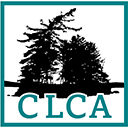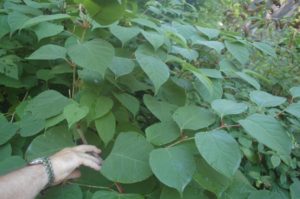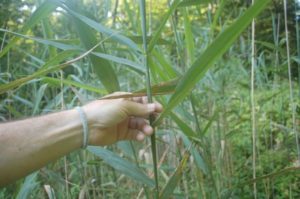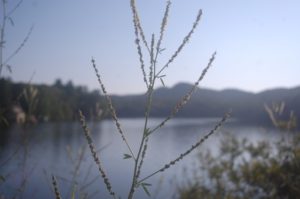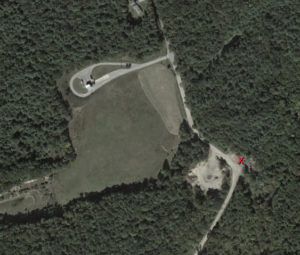Watch out for the following 4 invasive plants:
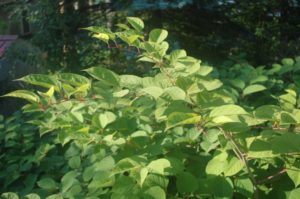 | 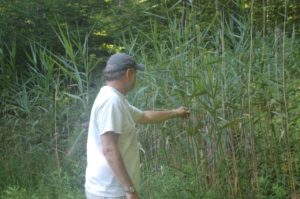 |
| Japanese Knotweed | Phragmites |
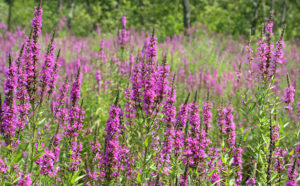 | 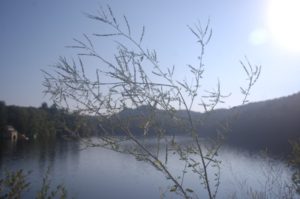 |
| Purple Loosestrife | White Sweet Clover |
While the association has focused on the question of aquatic invasive plants, there should also be concern about terrestrial invasive plants. Japanese Knotweed, Phragmites, Purple Loosestrife, and White Sweet Clover are invasives that can be found along our roads and in our woods. These plants have taken over from our native plants.
Property owners are encouraged to monitor their own lands and try to eliminate these invasives. The links offer suggestions on how to eliminate or at least control the spread of these plants.
A particularly relevant and useful guide has been prepared by the Adirondack Park Invasive Plant Program: Landowner’s Guide to Managing Invasive Plants..
Japanese Knotweed:
A native of Asia, Japanese knotweed was introduced in England in the early 19th century. Knotweed was then introduced in the United States as an ornamental hedge. It is a very aggressive plant capable of crowding out native vegetation. This perennial plant is difficult to control because it has extremely vigorous rhizomes that form a deep, dense mat. In addition, the plant can resprout from fragments; along streams, plant parts may fall into the water to create new infestations downstream.
The Adirondack Park Invasive Plant Program has created this useful doorhanger that you can give to neighbors who have Japanese Knotweed. The doorhanger is polite and informative. Click here or the image above for the pdf that can easily be printed out. Thanks to Mike Hoffman for calling attention to this useful resource.
David Beaulieu, Eradication of Japanese Knotweed.
Amy Shelleby, How to Eradicate Knotweed.
Thanks to John Snyder for suggesting these links.
See also Claire Mitchell’s useful guide: The Ultimate Japanese Knotweed Guide.
If you can’t beat it, eat it! (some Japanese Knotweed recipes).
The following map plots the appearance of known patches of knotweed. The numbers are property addresses.
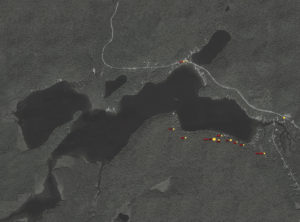 (Click on map to see larger format)
(Click on map to see larger format)
Phragmites:
This wetland grass that grows from 3 to 20′ invades wet habitats including lake shores, river banks, and highways. This common reed spreads quickly and crowds out native plants and threatens animal habitats. Of special concern is the spread of this plant in our wetlands.
There is a patch that Jim Hays has been attempting to eradicate near the Point Breeze Boathouses. There is a small patch along London Bridge Road and a large patch along rt. 10 between the Lake and Pine Lake.
Plant Conservation Alliance’s Alien Plant Working Group: Common Reed
State of Wisconsin, Phragmites
State of Maryland, A Landowner’s Guide for the Control of Phragmites.
Invasive Plant Atlas of New England, Common Reed- Phragmites.
Purple Loosestrife:
Efforts spearheaded by Dr. David Hoffman in the late 1980s have apparently brought Purple Loosestrife under control in our area, but we should continue to be on the look out for this plant. See our separate page dedicated to this plant
White Sweet Clover:
White Sweet Clover has spread along our roads. There is a big stand of it on the Green Lake bridge and there are patches all along Kasson Drive.
Minnesota Department of Natural Resources: White and Yellow Sweet Clover
Disposing of plant material:
It is suggested that invasive plant material be disposed of in the landfill near the transfer station. Do not put invasive material into compost heaps or back in the woods since this will only spread the invasives further.
Thanks to Dave Graves for help in photographing the plants.
